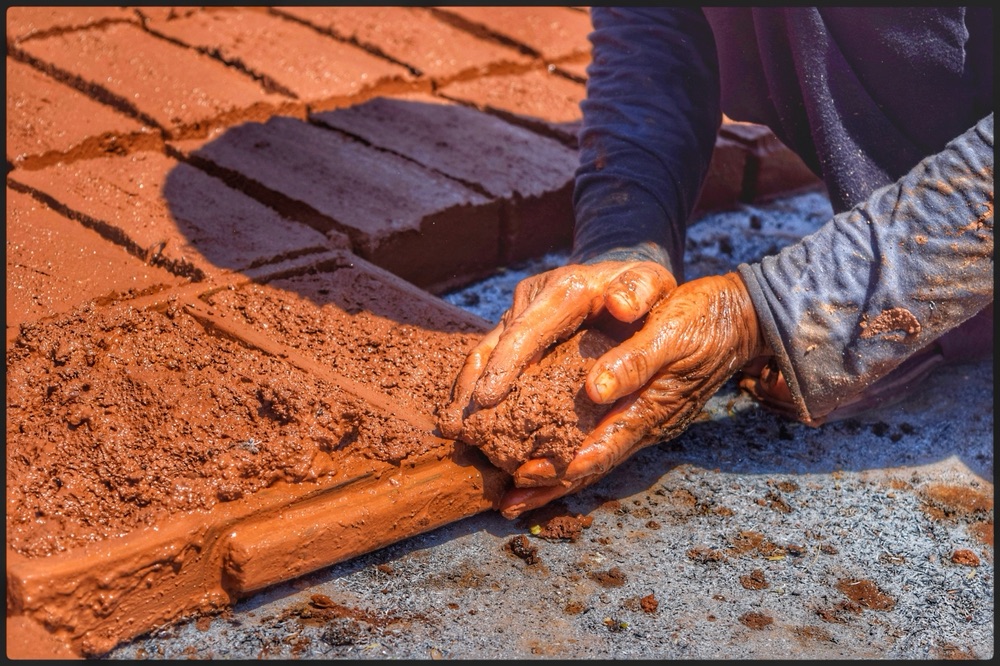
Brick making is an ancient craft that has influenced the development of architecture throughout history. Dating back to 7000 BCE in the Middle East, the art of forming clay into blocks and firing them to achieve hardness and durability has evolved but the essential technique remains largely unchanged. This long history is not just a testament to the brick’s utility but also its impact on design aesthetics and structural decisions in architecture.
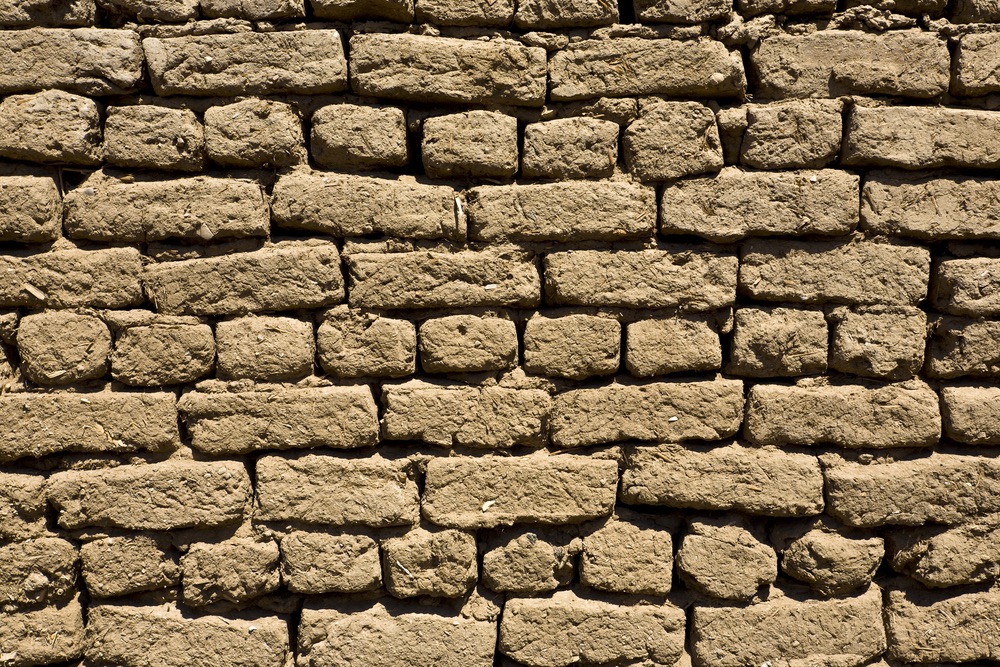
The earliest bricks were sun-dried mud bricks used in Egypt and Mesopotamia. With the discovery of firing bricks in kilns, their strength, weather resistance, and lifespan increased dramatically. This innovation allowed for the creation of more permanent structures, and as civilizations grew, bricks became a staple material in building everything from homes to monumental structures. The Romans advanced brick-making techniques and used them to construct vast architectural feats, including aqueducts and the Pantheon. The uniform size and shape of fired bricks made them easier to mass-produce and transport, standardizing building methods across vast empires.
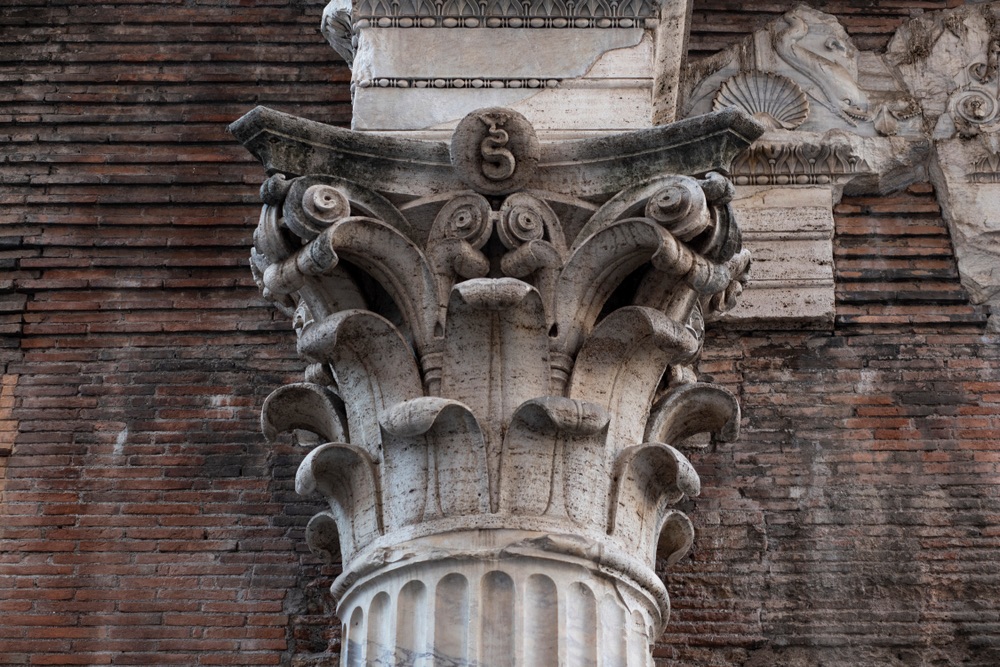
The transition from artisanal brick-making to industrial production in the 19th century led to the widespread availability of bricks, influencing architectural styles and construction techniques around the world. Architects choose bricks not only for their structural integrity but also for their aesthetic versatility. Bricks can be made in various colors, sizes, and textures, offering designers a palette to create striking facades with patterns and details that cannot be achieved with other materials.

In contemporary architecture, bricks are celebrated for their natural qualities and the sense of warmth and durability they bring to buildings. Architects like Alvar Aalto and Frank Lloyd Wright used bricks to blend their designs with the natural landscape, using the material’s organic color variations and textural richness to enhance the building’s appearance and feel.
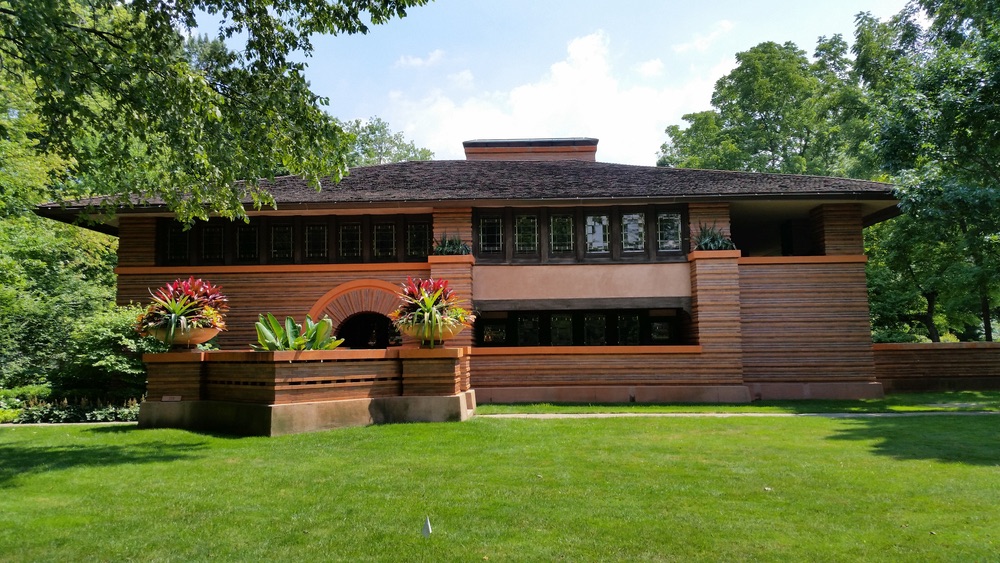
Today, the choice of bricks is often influenced by environmental considerations. Modern brick manufacturing incorporates sustainable practices, including the use of recycled materials and energy-efficient kilns. Bricks are valued for their thermal properties, contributing to energy efficiency in buildings by maintaining internal temperatures. This characteristic influences architectural design by enabling more sustainable building practices.
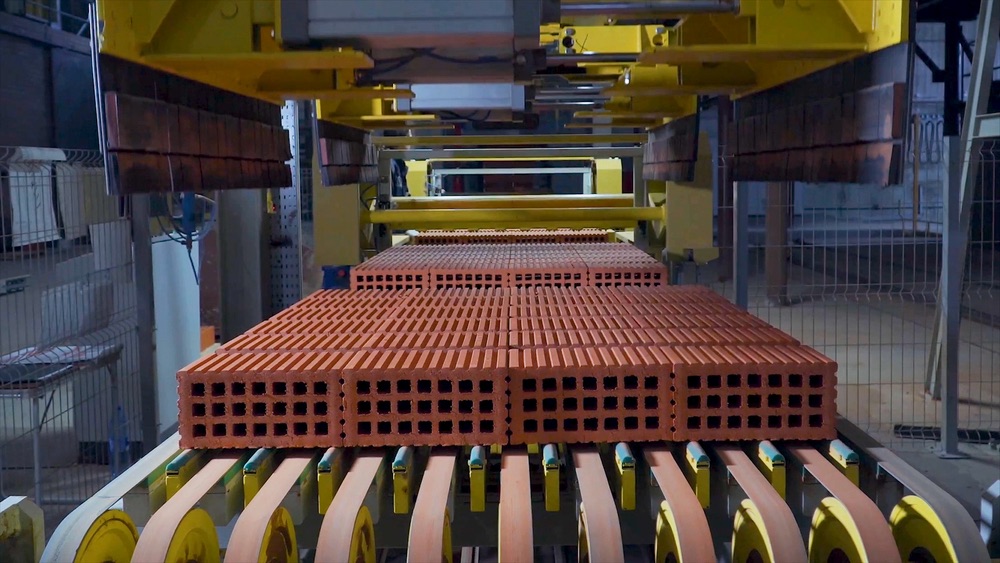
Moreover, technological advancements have led to innovations such as translucent bricks and bricks that can absorb pollution, further expanding the role of this ancient material in modern architecture. These developments allow architects to continue to use bricks in ways that meet contemporary needs and environmental standards.
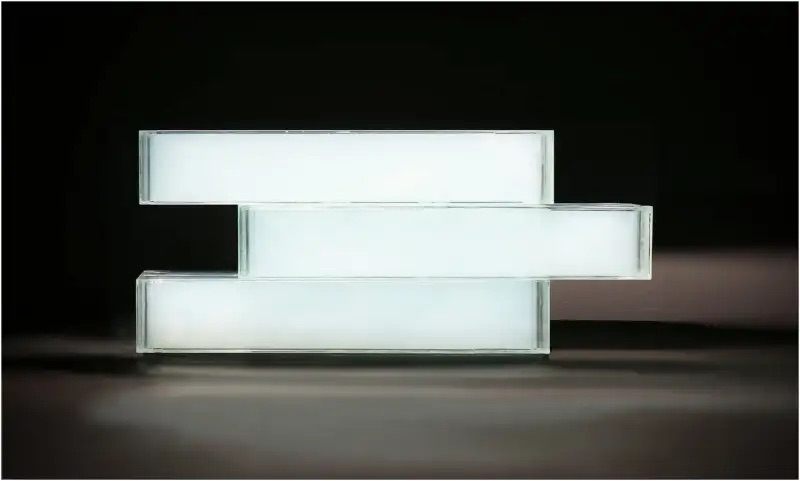
Credit: Journal of Building Engineering (2022). DOI: 10.1016/j.jobe.2022.105600
The history of brick making is deeply interwoven with the development of architectural design. From ancient structures to modernist icons and contemporary innovations, bricks have shaped and been shaped by architectural needs and aspirations. Their durability, versatility, and beauty ensure that bricks remain a favored choice among architects, continuing to influence the design of buildings in ways that respect both heritage and innovation.

